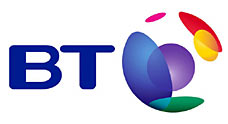The lack of high-speed Internet access in some areas of the U.S. has been hotly debated, even as that digital divide has narrowed. But a new, wider gap is being created by technology that will make today’s broadband feel as slow as a dial-up connection.
Much like broadband enabled downloads of music, video and work files that weren’t practical over dial-up, the next generation of Internet connections will allow for vivid, lifelike video conferencing and new kinds of interactive games.
But while access to cable and phone-line broadband has spread to cover perhaps 90 percent of the U.S. in the space of a decade, next-generation Internet access looks set to create a much smaller group of “haves” and a larger group of “have nots.”
The most promising route to superfast home broadband is to extend the fiber-optic lines that already form the Internet’s backbone all the way to homes. Existing fiber-to-the-home, or FTTH, connections are already 10 times faster than vanilla broadband provided over phone or cable lines. With relatively easy upgrades, the speeds could be a hundred times faster.
In the U.S., the buildout of FTTH is under way, but it’s highly concentrated in the 17-state service area of Verizon Communications Inc., which is the only major U.S. phone company that is replacing its copper lines with fiber. Its FiOS service accounts for more than 1.8 million of the 2.9 million U.S. homes that are connected to fiber according to RVA LLC, a research firm that specializes in the field.


